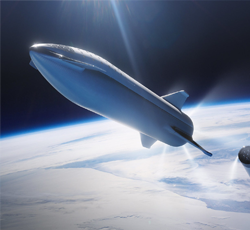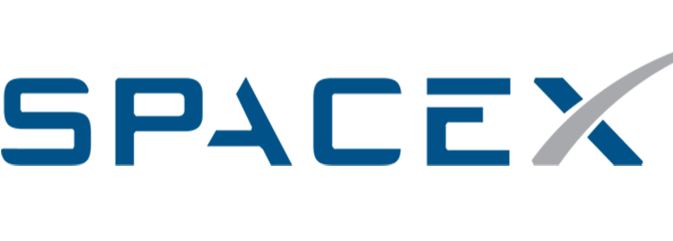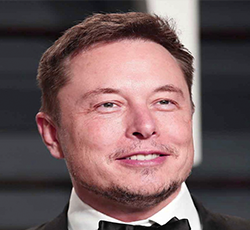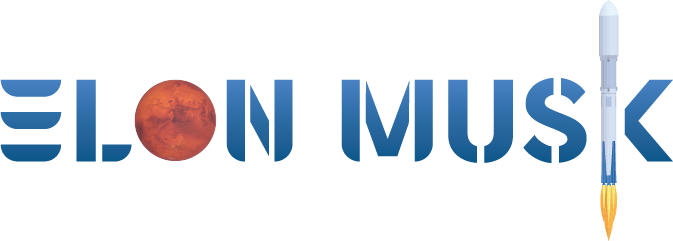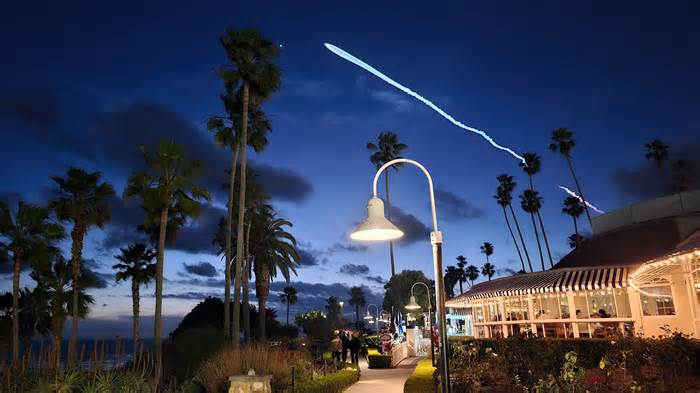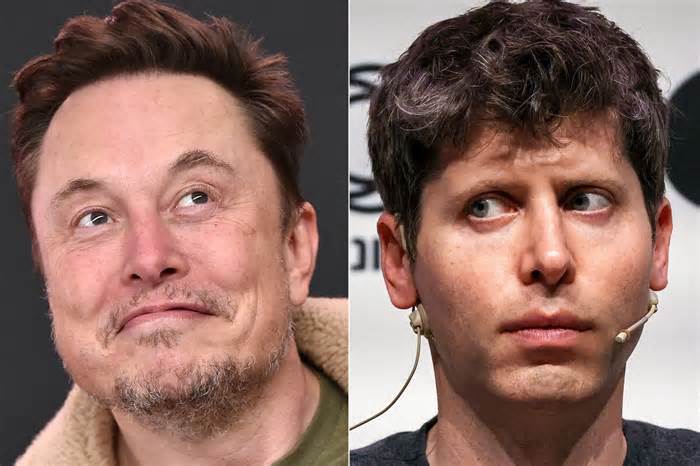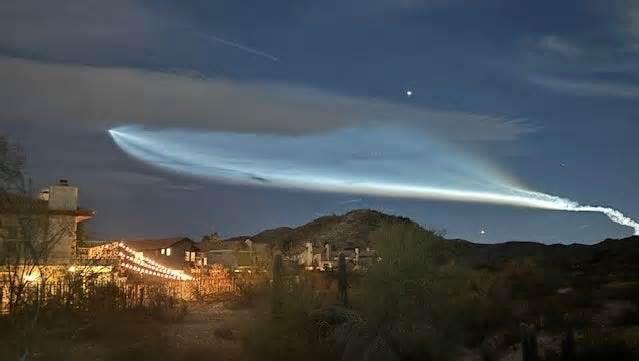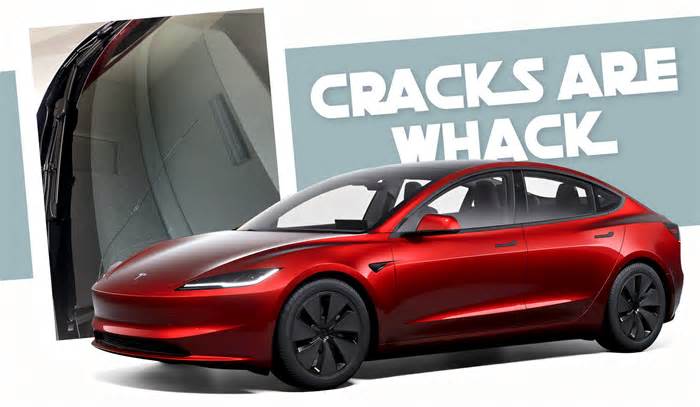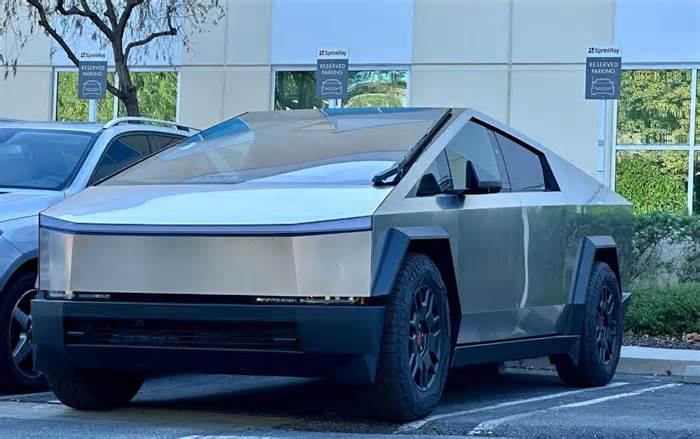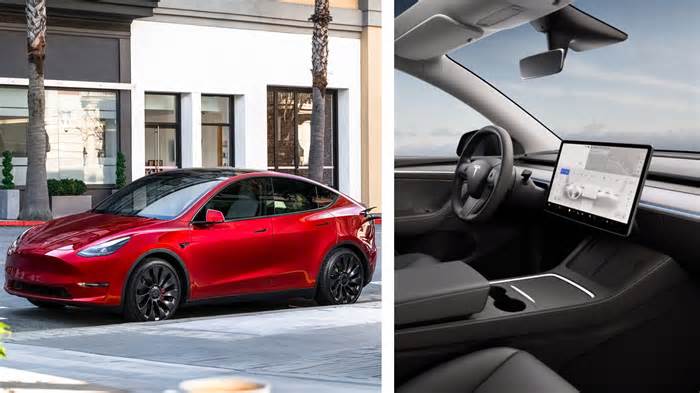
Why is Elon Musk looking to Texas to launch Tesla's robotaxis?
- by Firstpost
- Feb 11, 2025
- 0 Comments
- 0 Likes Flag 0 Of 5
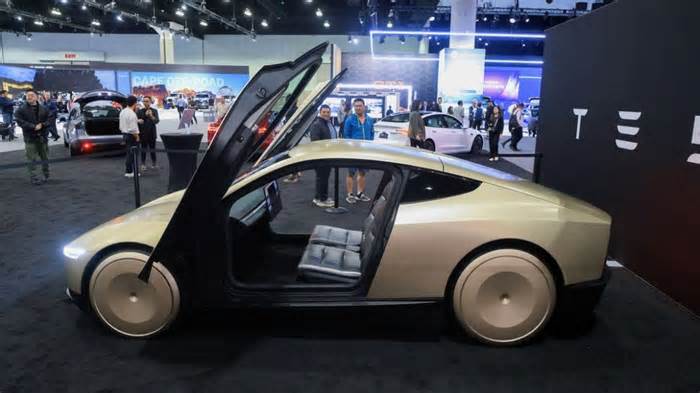
Whatsapp Facebook Twitter
Tesla CEO Elon Musk has been promising investors robotaxis for over a decade — and with little to show for it. Now, Musk has once again reiterated that his electric vehicle (EV) firm will debut its robotaxis in Austin, Texas. But why has Musk chosen the city where his company is headquartered?
What are the potential challenges?
The announcement came on the same day that Tesla reported disappointing earnings confirming the earlier news of the company facing its first-ever sales decline in 2024. The following day shares rose three per cent.
Musk has pledged to launch a paid autonomous ride-hailing service in Austin in June, but key details remain unclear, including the size of the fleet, how customers will access it, and its availability.
The rollout of “unsupervised” FSD in California and “many regions of the country” would follow later this year, Musk said, without explaining whether that meant driverless taxi services, a feature Tesla owners could buy, or some other offering.
Musk said that “unsupervised” FSD would be capable of driving with “no one in the car.” Such comments often leave investors guessing what Tesla will actually deliver and when, said Brian Mulberry, client portfolio manager at Zacks Investment Management, a Tesla investor.
Advertisement
“This is the challenge with Elon: You’re kind of reading through the tea leaves here and trying to extrapolate from some fragments what might actually happen,” he said. Mulberry added that he wasn’t particularly concerned about the specifics of Musk’s promises and timelines this year, provided Tesla shows progress: “The blueprint, I think, is there.”
Musk said that unsupervised FSD would be capable of driving with no one in the car. File image/Reuters
Bryant Walker Smith, a University of South Carolina law professor focused on autonomous driving, said Texas requires no “pre-market approval” before Tesla can deploy driverless vehicles. Yet he doubted Tesla would attempt any broad deployment of autonomous technology - in Texas or anywhere - after what he called its underwhelming demonstration of a robotaxi concept, the Cybercab, last October on a Los Angeles-area movie studio lot.
Advertisement
“Tesla is not going to flip a switch and suddenly make all of their cars capable of driving by themselves, anywhere, under any conditions,” he said.
Smith said the company might more likely attempt a small-scale test of its technology, possibly in limited areas of Austin in good weather or with humans able to intervene by remote control to prevent crashes. “There are ways one could probably make that work,” he said.
How safe are these robotaxis?
Autonomous vehicle testing and operation is allowed on Texas roads “as long as they meet the same safety and insurance requirements as every other vehicle on the road,” said Adam Hammons, a spokesperson for the state Department of Transportation.
The surge in driverless vehicles in Austin, Texas, over the last two years has led to growing concerns from residents and government officials alike following a series of near-miss incidents involving pedestrians, cyclists and other vehicles. A notable incident in 2023 saw over 20 Cruise robotaxis gridlocking a street near the University of Texas campus.
GM declined to comment.
The city has logged 78 formal complaints from law enforcement, emergency responders and residents since July 2023, which officials say may not capture all incidents involving the vehicles. One resident complaint from December described a Waymo vehicle blocking a lane of traffic for half an hour, causing “at least three very close call accidents.”
The complaint added: “I can’t believe that y’all are allowing potentially deadly technology to be tested on the citizens of this city."
A Waymo spokesperson said the company has worked with local leaders and first responders to “earn the trust of Austin’s communities” and is constantly working to improve its service.
Police have run into problems where driverless vehicles don’t respond to hand signals from officers directing traffic, and the city has been unable to issue tickets to the vehicles, according to a spokesperson for Austin’s Transportation and Public Works department. The city recently came up with a way to submit complaints in municipal court when officers observe traffic violations.
Tesla reached out to Austin officials last May, and city officials provided information about local fire and police procedures, maps of schools and school zones, and traffic rules during special events, the spokesperson said.
Austin City Council member Zo Qadri, who represents downtown areas frequented by robotaxis, said he’s frustrated the city can’t impose rules on “private companies using these public roads as a testing ground.”
“Ultimately,” he said, “we have no power.”
With inputs from Reuters
Please first to comment
Related Post
Stay Connected
Tweets by elonmuskTo get the latest tweets please make sure you are logged in on X on this browser.
Sponsored
Popular Post
tesla Model 3 Owner Nearly Stung With $1,700 Bill For Windshield Crack After Delivery
34 ViewsDec 28 ,2024
Middle-Aged Dentist Bought a Tesla Cybertruck, Now He Gets All the Attention He Wanted
32 ViewsNov 23 ,2024





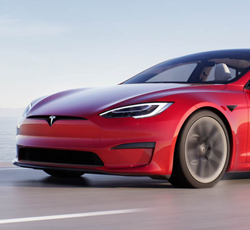
 Energy
Energy